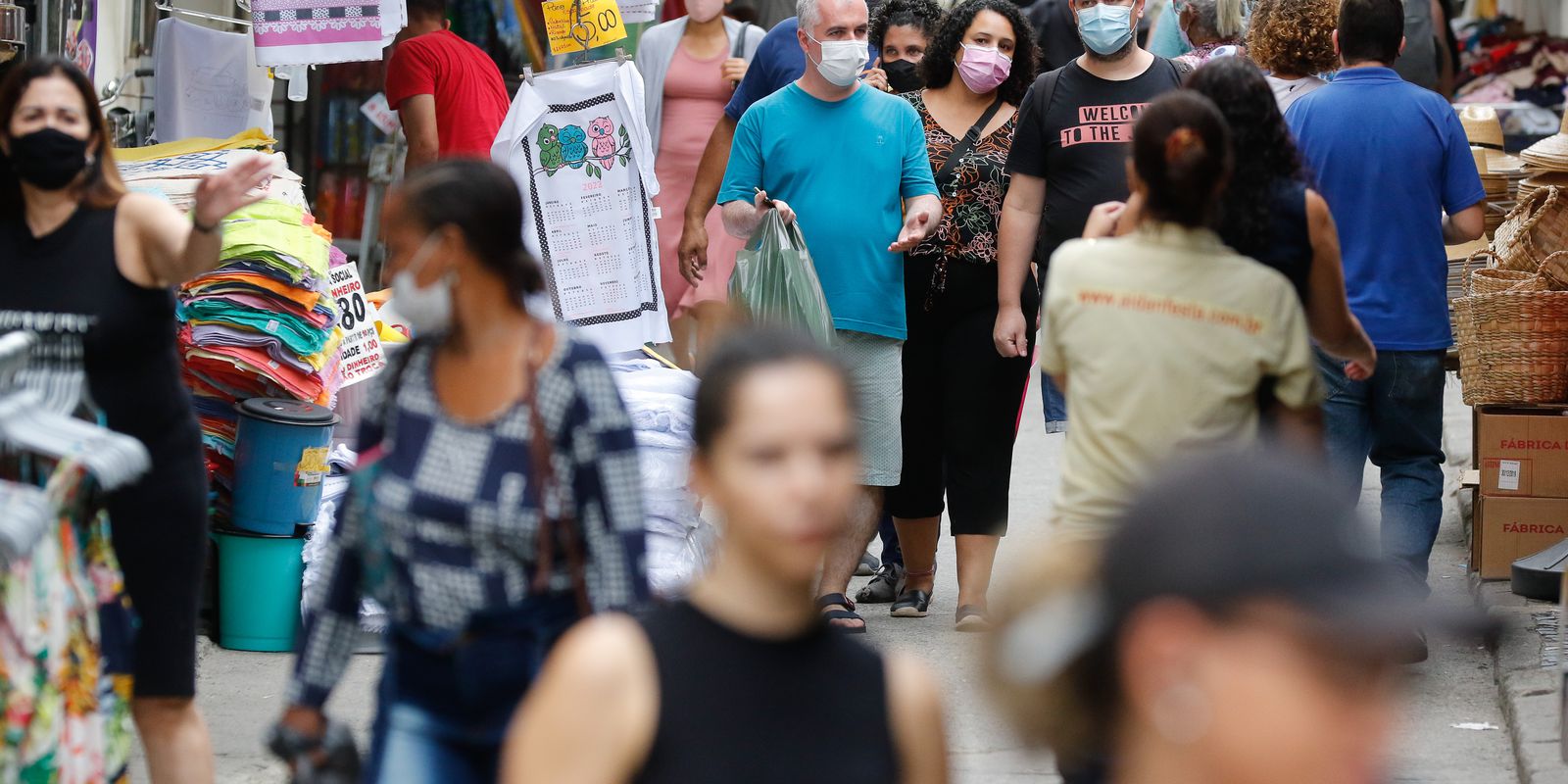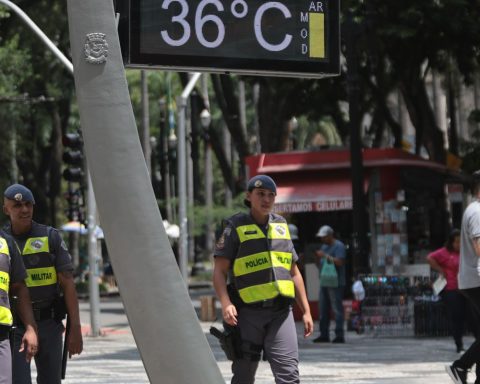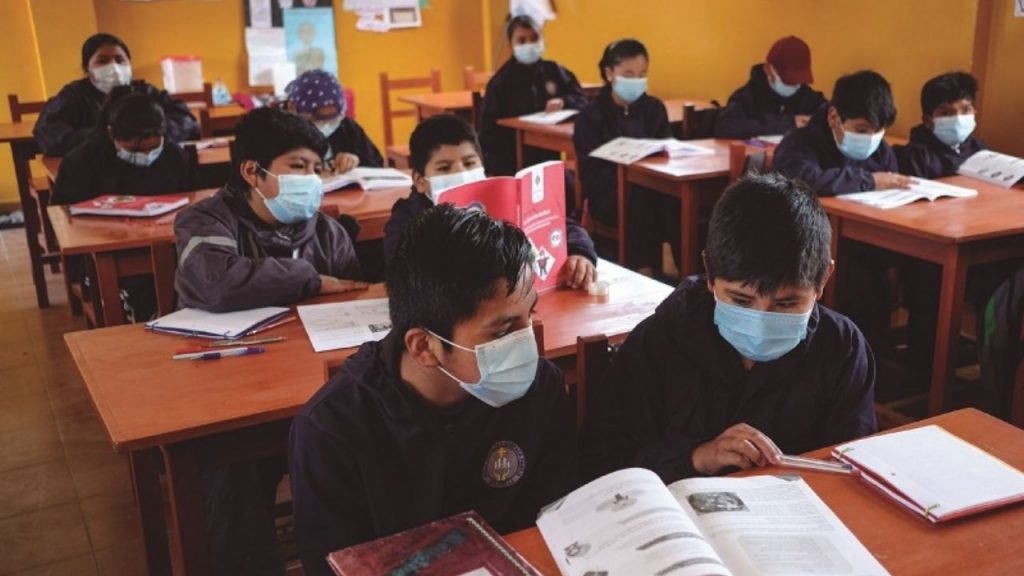The Continuous National Household Sample Survey (PNAD Contínua) for the third quarter of 2021, with data on the labor market for Brazil and the 27 states, released today (30) by the Brazilian Institute of Geography and Statistics (IBGE) are the first carried out based on the new weighting method developed by the agency, to reduce the influence of non-responses caused by the covid-19 pandemic.
In addition to the calibration of 77 projections referring to geographic areas that were already part of the Pnad Contínua, a new layer with information on sex and age group was included. For IBGE, the reweighting of Pnad Contínua brought about a “rejuvenation” of the Research’s age structure.
“We need to know the behavior of fertility and sex and age group, in addition to mortality, for the country to update the projections, bearing in mind that the Brazilian population is still growing. Every day is a little bigger than the day before”, explained IBGE statistician Luna Hidalgo.
With the methodological change, as of July 1, 2021, the IBGE adopted measures to make the in-person survey collection activities more flexible, seeking to substantially increase the percentage of interviews carried out and changed the way in which the Survey data were collected, which was previously totally done in person, for exclusively by phone. As a result, a considerable reduction in the rate of use of the research sample was noted.
Luna Hidalgo, said that with the arrival of the pandemic in Brazil in March 2020, IBGE suspended the in-person collection, which started to be done by telephone. Along came the difficulty of accessing households, both to find the contact telephone number and to speak to a person in the household. But the work continued with a series of five visits until it reached the total number of households accessed.
“All surveys have a natural collection bias and we keep monitoring, precisely because of this, that when IBGE collects in person, it goes on other days and times of the week to access a maximum number of households outside the usual hours of eight to five that we he knows that it is more difficult to access households that have people working”, he stated.
Luna Hidalgo added that after the 2022 Census there will be a new population projection that will most likely revise the projection for the 2010 Census years. once”, he completed.
“It is important to emphasize that the calibration by sex and age adopted will now remain in the future, that is, regardless of whether our response rate will rise again as activities and face-to-face collection are normalized, and even growth and return to levels of taking advantage of this method of calibration by sex and age will be effective from now on”, concluded IBGE’s Work and Income coordinator, Adriana Beringuy.
reweighting
With the application of the new methodology, among the data that were recalibrated is that of the population of working age (PIT), which is 14 years of age or older. Considering data up to the second quarter of 2021, this portion showed atypical expansion from the February/March/April 2020 moving quarter. In the June/July/August 2021 quarter, this population was estimated at 177.2 million, but in the series reweighted by the IBGE, would be 171.8 million people. “This difference becomes greater from the moving quarter that would end in April. We had the decree of the pandemic in March 20 and the effects on Pnad Contínua began to appear in the quarter ended in April”, commented Adriana.
According to the IBGE, the differences in the distribution of the population of working age between the two series were accentuated from the moving quarter of June/July/August of 2020. In the same period of 2021, the workforce was estimated at 103.8 millions. In the reweighted series, it would be 105.6 million people, that is, higher by 1.8 million people.
Workforce
The population outside the labor force also registered atypical expansion, reaching 15.6% in the April/May/June quarter of 2020. In the period between the sixth and eighth month of 2021, this population was estimated at 73.4 million. However, in the reweighted series, it would be 66.2 million people, therefore, lower by approximately 7.2 million people.
In June/July/August 2021, the labor force participation rate was estimated at 58.6%; while in the reweighted series, it would be 61.5%.
According to the IBGE, the drop in the projection of the population outside the workforce “did not affect the estimates of the potential workforce, indicating that the retraction occurred fundamentally in the population outside the non-potential workforce. Therefore, the indicators of underutilization of the workforce were not significantly changed”.
vacancy
According to the IBGE, the two series of unemployed persons were very close, but showing greater displacement between the quarters of June/July/August 2020 and April/May/June 2021. Between June and August 2021, the unemployed population was estimated at 13.7 million; while in the reweighted series, it would be 13.9 million; that is, more than 200 thousand people.
Occupation
The reweighted series showed higher occupancy estimates, mainly from the moving quarters of 2021. In Jun/Jul/Aug 2021, the employed population was estimated at 90.2 million. In the reweighted series, there would be 91.7 million people, a number higher than 1.5 million people.
The survey indicated that the biggest difference was noticed between June and August 2020. It was 14.4% in the old series and 14.8% in the reweighted. In Jun/Jul/Aug 2021, the unemployment rate reached 13.2%. In the reweighted series it is a little lower, it would be 13.1%.
According to the IBGE, because of the atypical growth of the working-age population in the old series, the difference becomes more evident from 2020. In Jun/Jul/Aug 2021, the level of occupation was 50.9% and in reweighted series, would be 53.4%.
Search
The Continuous PNAD released today is the first in the new series prepared by the IBGE, based on the reweighting of projections. Changing the way the survey was collected was necessary during the covid-19 pandemic. With the social isolation measures in March 2020, the collection began to be done remotely, exceptionally by telephone.
“The new reweighting seeks to mitigate possible availability biases in population groups, intensified by the drop in the rate of use of interviews”, noted Adriana.
According to IBGE, the Pnad Contínua is the main instrument for monitoring the workforce in the country. “The survey sample per quarter in Brazil corresponds to 211,000 households surveyed. About two thousand interviewers work in the research, in 26 states and the Federal District, integrated to the collection network of more than 500 IBGE agencies”, informed the Institute.
The collection of information from the survey by telephone has been carried out since March 17, 2020. The identity of the interviewer can be confirmed on the website Respondando ao IBGE or via the Call Center (0800 721 8181), checking the number, ID or CPF of the interviewer, data that may be requested by the informant.

















